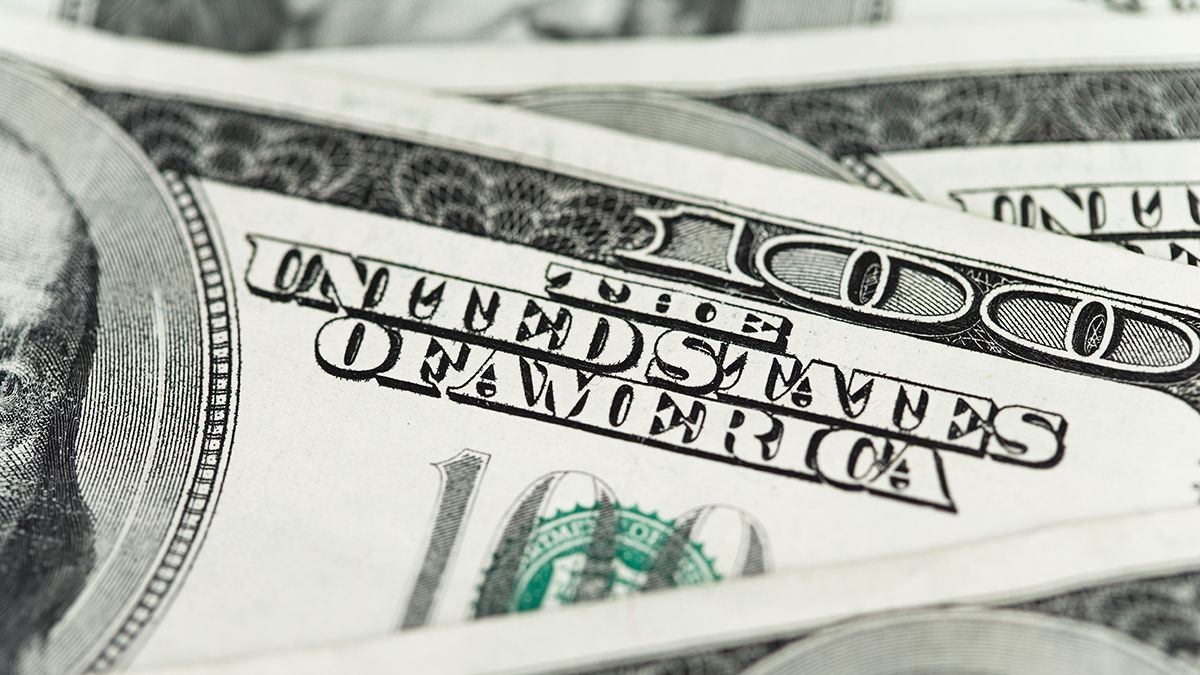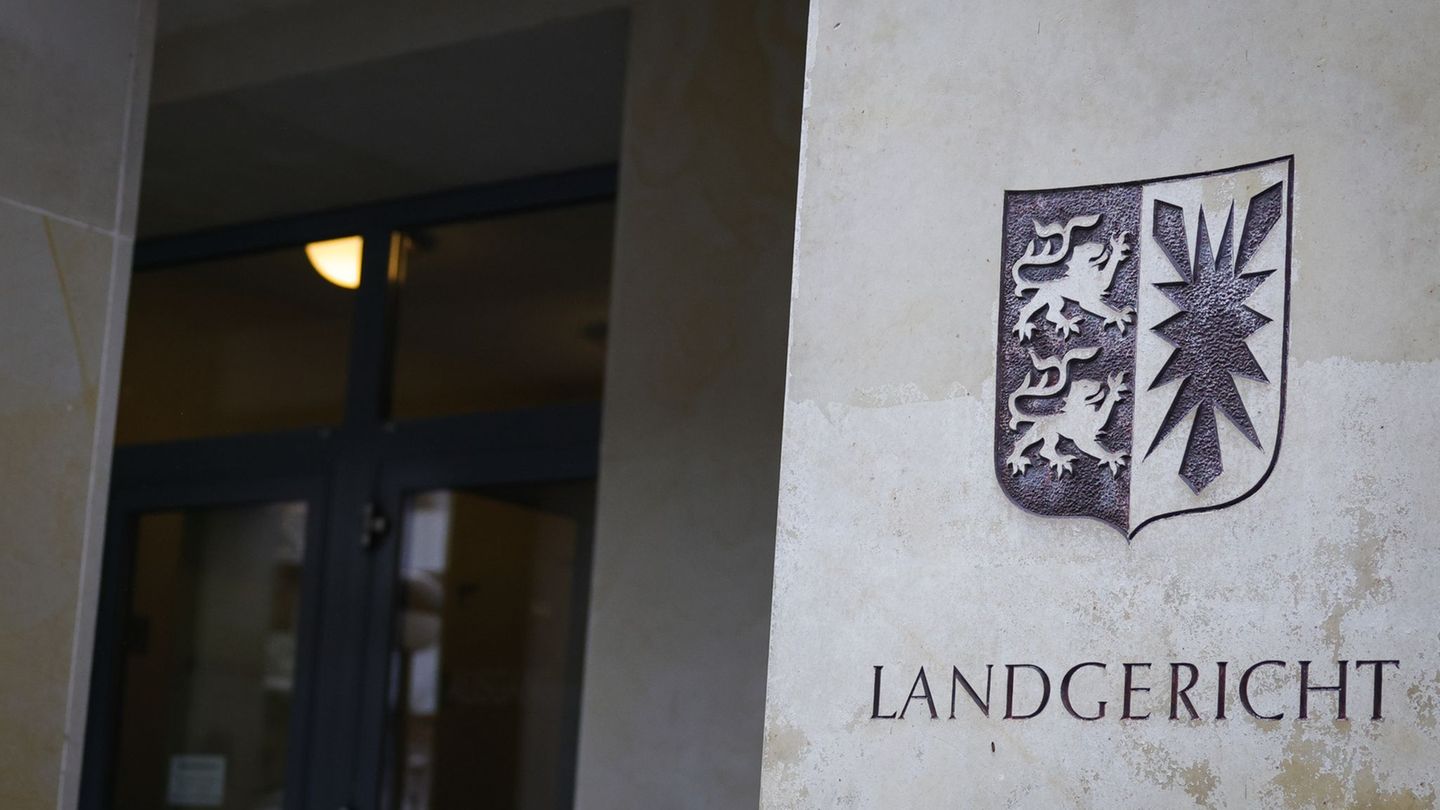Data on the US economy supports a moderate rate cut by the Federal Reserve (Fed).
He global dollar rose against most major currencies on Tuesday and resumed the latest bullish trend that took it to more than two-month highs, driven by expectations that the United States Federal Reserve (Fed) will proceed with modest interest rate cuts over the next year and a half.
The content you want to access is exclusive to subscribers.
He index dollar —which measures the performance of the greenback in relation to a basket of six other currencies of international relevance— stood at 103.26 units, with an increase of 0.1%, just below 103.36, the highest level since August 8, which occurred on Monday, after the governor of the Fed, Chris Waller, called for “more caution” on interest rates.


The review of prices Federal Reserve “has been the main driver of the rebound in dollar, especially in relative terms with other central banks,” he said Francesco Pesole, foreign exchange strategist ING, for whom “Waller’s comments have contributed to the strengthening of the dollar this week.”
Meanwhile, the euro fell 0.2% to $1.0882 ahead of the US monetary policy meeting. European Central Bank Thursday, with the central bank looking set to make two consecutive rate cuts, a move that seemed unlikely at its last meeting in September.
The pound sterling rose slightly to $1.3068 after data from the British labor market showed wages grew at their slowest pace in more than two years in the three months to August. That pace should allow the Bank of England to cut interest rates next month.
In addition, the dollar fell 0.4% against the yen to 149.25 yen, after rising to 149.98 on Monday, its highest level since August 1. So far this month, the US currency has gained 3.8% against the Japanese currency.
Geopolitical and electoral uncertainty
The global dollar traded lower throughout most of the European and US sessions due in part to a decline in risk aversion after the media said that Israel was unwilling to attack Iranian oil targets, easing fears of a supply disruption in Middle East. That lowered oil prices and reduced inflation expectations, putting slight pressure on the dollar.
However, analysts said the dollar’s recent bullish trend still has a ways to go given the persistent geopolitical and electoral uncertainty. “We believe the dollar trend will remain intact as long as macroeconomic data remains above water,” he said. Boris Kovacevic, global macro strategist at Convera in Vienna, Austria.
“The volatility and the US dollar tend to rise in tandem heading into the elections Americans, especially with the rise of (former US President) Trump in the betting markets and the 50 basis point (bp) cut that the Fed is no longer contemplating, at least in November. “This would be the best scenario for the dollar in the short term.”
Source: Ambito
David William is a talented author who has made a name for himself in the world of writing. He is a professional author who writes on a wide range of topics, from general interest to opinion news. David is currently working as a writer at 24 hours worlds where he brings his unique perspective and in-depth research to his articles, making them both informative and engaging.




